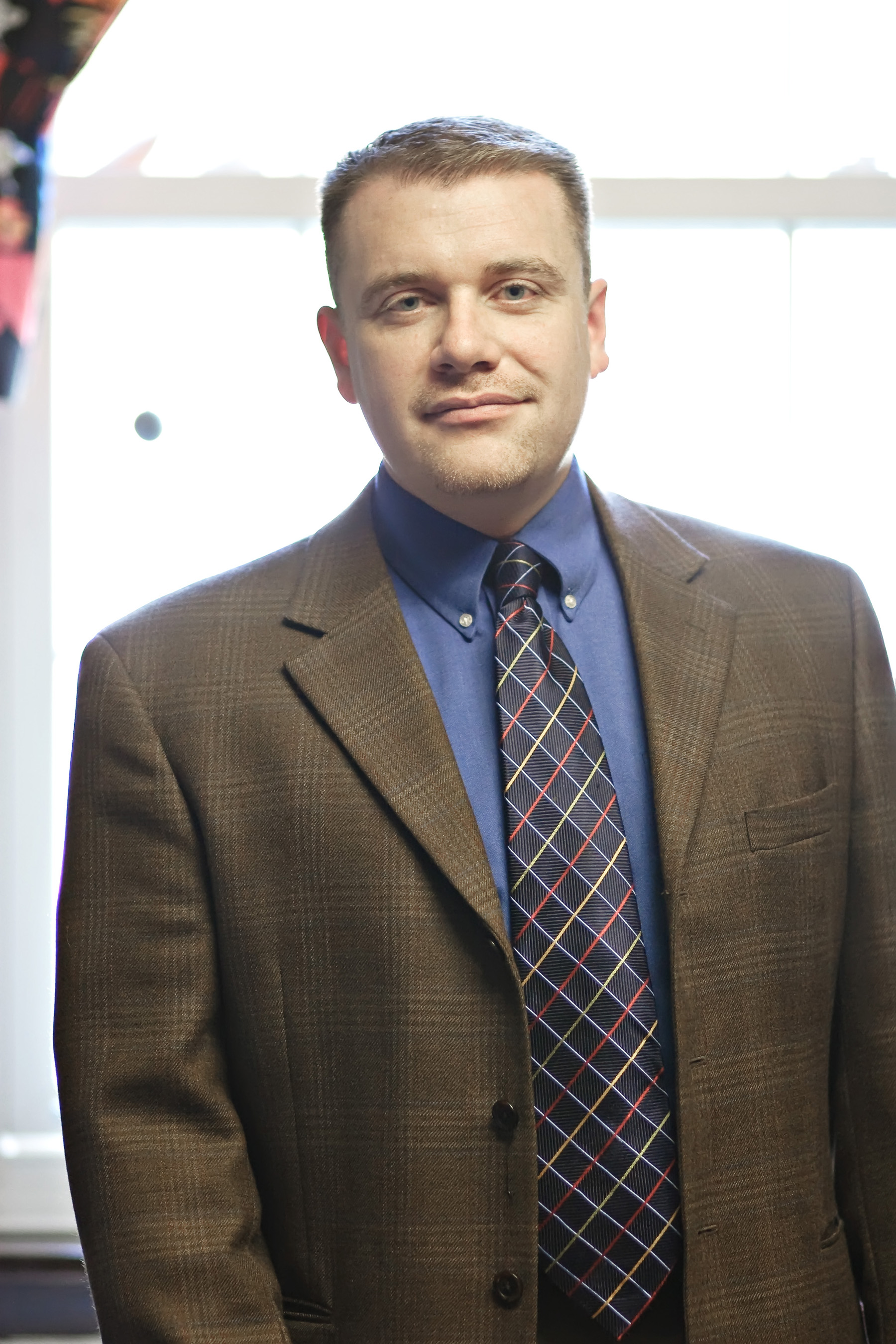
LOUISVILLE, Ky. (BP)–Six years after “The Da Vinci Code” first dominated the bestseller lists, suspense novelist Dan Brown continues to clean up in box offices and bookstores. The movie version of “Angels & Demons” grossed more than $46 million over the weekend. Religious reactions to the movie have been mixed. Hindu statesman Rajan Zed demanded a disclaimer before the opening credits. During the filming of Angels & Demons, a Roman Catholic archbishop denied directors permission to film inside churches in Rome, dubbing Dan Brown’s corpus of novels “an offense against God” which “turned the Gospels upside down to poison the faith.” In the end, Bill Donohue of the Catholic League called for a boycott while a Vatican newspaper dismissed the movie as “harmless entertainment.”
Why such fuss over films and fictional books? The problem is partly because Dan Brown apparently doesn’t intend his novels to be read as mere fiction. Both The Da Vinci Code and Angels & Demons begin with a page that identifies certain historical, artistic and architectural claims in the book as “fact.” When a host on “Today” asked Dan Brown how much of what he had written in The Da Vinci Code “is based on reality in terms of things that actually occurred,” Brown’s response was, “Absolutely all of it.” Perhaps New York Times op-ed columnist Russ Douthat put it best when he said, “He’s writing thrillers, but he’s selling a theology.”
Indeed, Dan Brown is “selling a theology” — and, at this moment, it’s selling quite well. I am not recommending that churches should head to the cinema to see this film. At the same time, I do believe that Christians must be able to converse intelligently about the theology and history that Dan Brown is selling. With that in mind, let’s take a closer look at Angels & Demons.
Angels & Demons and the Witness of History
For Christians, history is inescapably theological. At the core of Christian faith stands the assertion that, in Jesus Christ, God personally intersected human history in a unique and consummate way at a particular time in a particular place. When we confess that Jesus was “born of the Virgin Mary,” “suffered under Pontius Pilate” and arose “on the third day,” we declare that our faith is rooted in history.
History requires evidence. For this reason, Christians ought to be particularly concerned about historical evidences, especially when it comes to the history of the Scriptures and the church. After all, without evidence, there is no history — unless, of course, you happen to be a novelist who sells his theology by spinning a tapestry of alternative histories from a series of conspiracy theories, personal suppositions and other suspect sources. Then, the evidence becomes irrelevant — which is precisely the problem with Dan Brown’s novels.
Like The Da Vinci Code, Dan Brown’s novel Angels & Demons is chock-full of historical howlers, some of which were cut in the transition from printed page to silver screen. For example, in one scene that didn’t make it into the movie, symbologist Robert Langdon describes how the Christian practice of Holy Communion “was borrowed from the Aztecs.” However, his claims are off by more than a millennium: Aztec culture didn’t arise until the 14th century A.D., whereas references to the Christian ordinance of the Lord’s Supper can be found in both secular and Christian documents from the first and second centuries A.D.!
The film does preserve a significant share of inaccuracies from the book, though: Book and movie alike present the Illuminati as an organization that existed in the 1500s and counted Galilei Galileo among its members. On his website, Dan Brown even claims that “it is historical fact that the Illuminati vowed vengeance against the Vatican in the 1600s. The early Illuminati — those of Galileo’s day — were … hunted mercilessly.”
In fact, the cluster of freethinkers who called themselves “Perfectibilists” or “Illuminati” — Latin for “Enlightened” — first came together in 1776 and only lasted a decade or so. Given the fact that the Illuminati didn’t exist until the late 18th century, it’s quite unclear to me how the Vatican could have “hunted [them] mercilessly” in the 17th century or how Galileo could have appeared on their membership rolls in the 1600s!
Throughout Angels & Demons, Dan Brown suggests a “deep rift … since the beginning of history” between science and organized religion. According to Brown’s retelling of history, organized religion desires to serve as the sole source of truth, and science supposedly threatens the church’s supremacy. Yet the evidence of history simply does not support such suppositions.
The truth is, as sociologist Rodney Stark has demonstrated, that it was Judeo-Christian thinking that provided the primal seedbed for science. Other religions focused on mystery and intuition; Christian theology recognized the value of mystery but also emphasized reason, logic and observation of the natural order — and, in so doing, birthed the scientific method.
Angels & Demons also repeatedly presents the trial of Galileo as evidence of this supposed dispute between religion and science. Galileo, however, wasn’t convicted primarily because he recognized that the earth moves around the sun; his conviction came because he lied under oath. After his trial, Galileo was sent to a villa in Florence where he carried out scientific research until he died. Even though he was technically under house arrest, Galileo was allowed to visit his daughters. Despite suggestions to the contrary in Angels & Demons, Galileo was never persecuted, tortured or imprisoned.
“All Proclaiming the Same Thing”?
As irksome as this cornucopia of errors may seem, however, the most pressing problem with Dan Brown’s deconstructions goes beyond mere historical imprecision. Brown seems to believe that every religion could be wonderful if only each religion would put aside its particularity. In Angels & Demons, he places these words on the tongue of Vittoria Vetra: “Some of us pray to Jesus, some of us go to Mecca, some of us study subatomic particles…. In the end, though, we are all proclaiming the same thing,” which turns out to be “the life of the universe.” In other words, the way to end the conflicts between science and religions is by denying the existence of any real differences.
But we are not “all proclaiming the same thing.”
To suggest that every faith proclaims the same truth may sound to some like the pinnacle of peace and tolerance. Yet what it reveals is ignorance of the deep-rooted differences that separate one set of commitments from another.
Christian faith did not emerge from some vague, universal experience of “the life of the universe.” Christianity is a historical faith. The confession of Jesus as the crucified and risen Lord — a confession that is rooted in particular events in history and supported by historical evidences — is not interchangeable with the experience of studying subatomic particles or attaining moksha or trekking to Mecca.
And yet, unfortunately, the number of Christians who glimpse the particularity of their faith is dwindling. Last year, a study from USA Today revealed that 37 percent of white evangelicals and three-fourths of mainline Protestants believed that many religions can lead a person to eternal life. Indeed, Dan Brown and others of his ilk are selling a theology. Evidently, millions — not only outside of churches but also within — are buying it.
–30–
Timothy Paul Jones, Ph.D., is associate professor of leadership and church ministry at Southern Baptist Theological Seminary in Louisville, Ky., and the author of several books, including “Christian History Made Easy” and “Misquoting Truth.” For more information, visit www.timothypauljones.com.
















